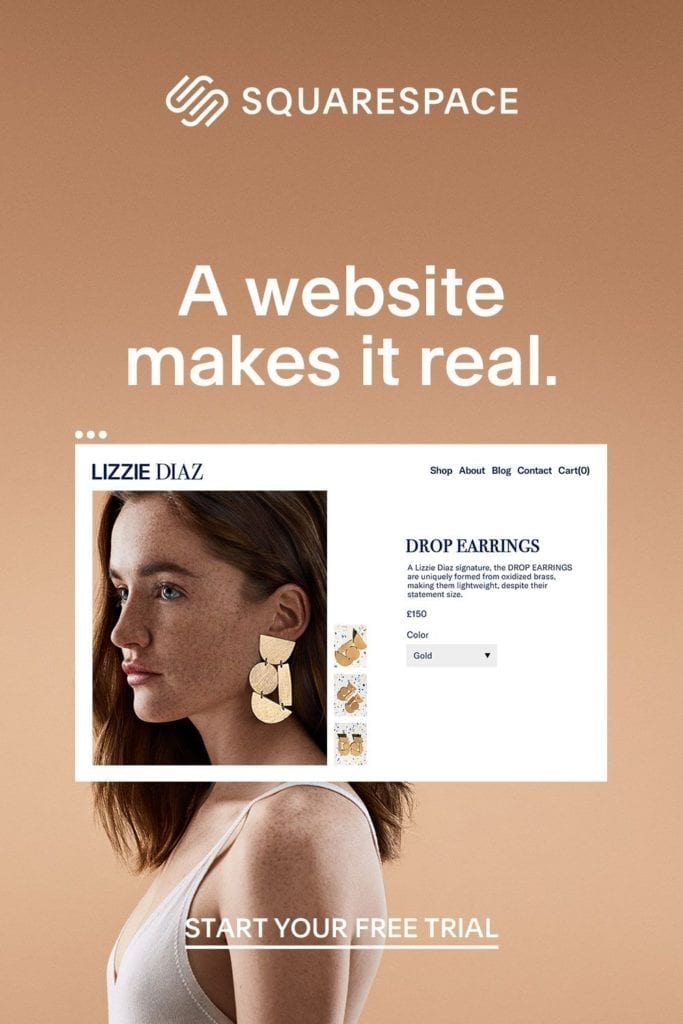As we’re sure you’ve gathered, programmatic advertising is a big topic around here — and for good reason. With increasingly niche ad exchanges, more robust ad inventory and more flexible ad space, more companies can benefit from both the reach and price point of programmatic.
From the first half of 2018 to the first half of 2019, advertisers increased their programmatic spend by 40 percent. One market in particular seems to do well with digital programmatic spend: direct-to-consumer. Retail (including both eCommerce and DTC) was one of the biggest industries buying programmatic ads this year, and we found that the top DTC brands are collectively spending $120 million on programmatic.
As we head into the final quarter of the year — and some big retail holidays — where does programmatic stand with DTC?
The short answer is: it’s still growing fast. MediaRadar found that programmatic ad spend across the entire DTC market was up 5.5 percent (YoY) in Q3 2019.
Specifically, the top ten DTC brands buying programmatically in Q3 were:
Programmatic ads are generally seen as an efficient use of ad spend, since they can reach a digital audience all over the web and effectively retarget consumers based on their interests and browsing habits.
Programmatic display ads, in particular, are typically placed with information. Squarespace, for example, incorporates its display ads with its larger “A website makes it real” campaign.

Programmatic display ads, in particular, are typically placed with information. Squarespace, for example, incorporates its display ads with its larger “A website makes it real” campaign.

Mack Weldon appeals to shoppers with a classic promise of customer satisfaction.

SmileDirectClub — arguably one of the original titans of DTC — makes a straight forward pitch and call-to-action with its programmatic display ads.
Wayfair positions itself against other eCommerce giants like Amazon and Walmart with the promise of both range and 2-day shipping.
And Bonobos keeps it classy with a visually appealing display ad.
At least part of programmatic’s growth can be explained by how the model is adapting to varied platforms and ad formats. Instead of being limited to simple web display ads, advertisers are now placing video, social and personalized ads programmatically. For more, read our post on the three new initiatives taking programmatic higher in 2019.




